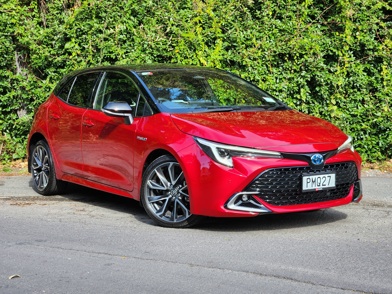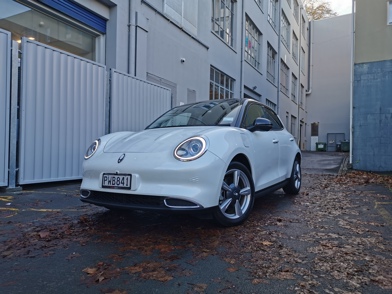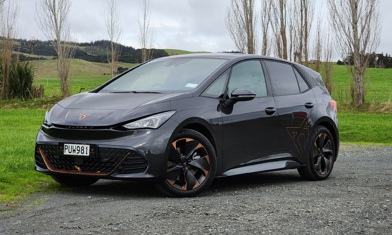It’s still early days for battery electric vehicles (BEVs) in New Zealand, so when we talk about a new model it’s hard to avoid talking about other BEVs in the same price bracket, even if they’re not really rivals.
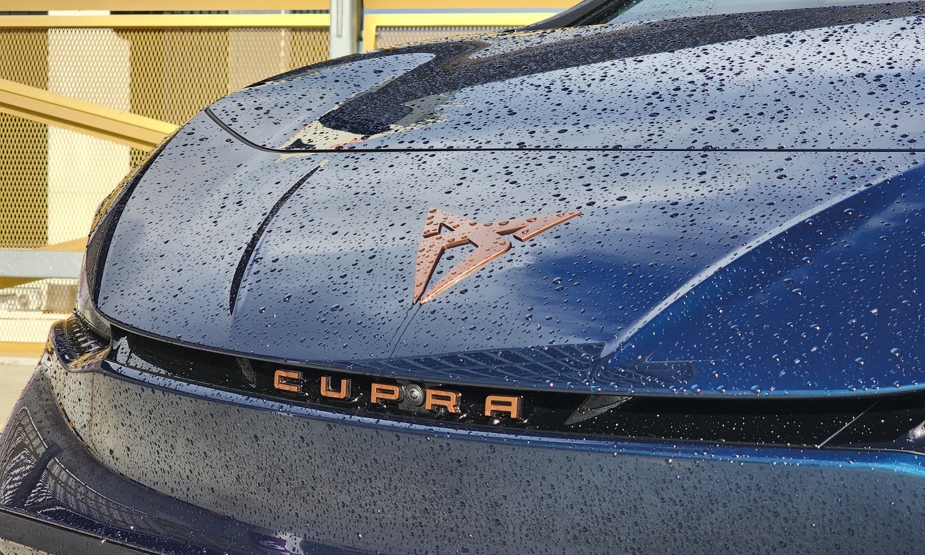
We’re arguably still in that stage where buyers are likely looking for pure-electric power first… then finding a model that appeals.
That’s where the Cupra Born has a bit of an advantage over BEVs from other Volkswagen Group brands in NZ. While it’s on the same MEB platform as the likes of the Skoda Enyaq and VW ID.4/5 (same tech underneath, same battery and so on), the Born is a different kind of thing: a sporty hatch compared with its larger, more practical Skoda/VW family-SUV stablemates.
The Born does have a close relation globally, the VW ID.3 – a Golf-sized electric hatch. That’s coming here next year, but until then the Cupra remains quite unique in the Kiwi market.
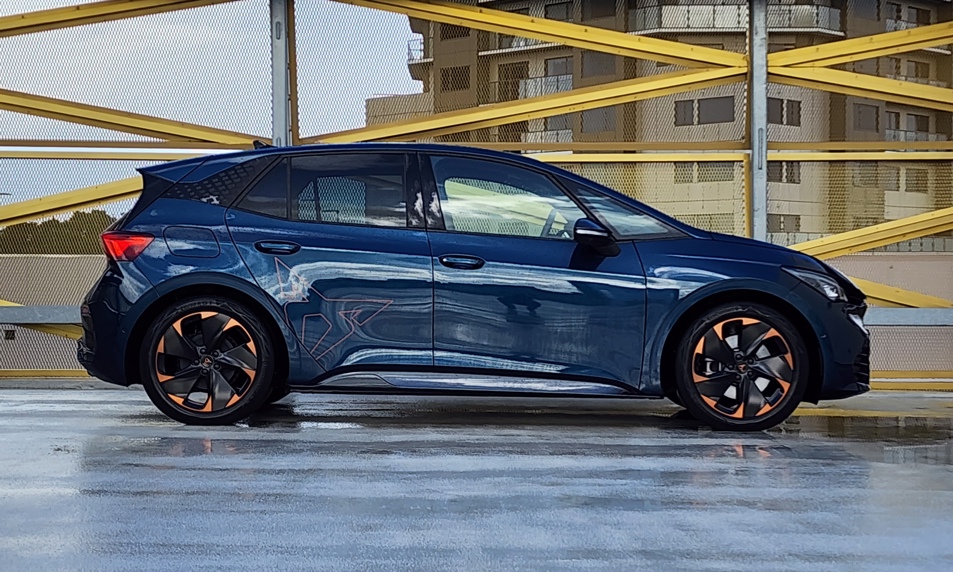
It’s a standout regardless of course, with aggressive styling and all that copper trim. Our test car also came in the hero Aurora Blue, which is an undeniably striking colour (but an extra $850). And apparently really hard to photograph. Sorry.
Once Cupra gets its BEV lineup more established, there’s certainly plenty of potential for even more power
We were pretty impressed with the Born’s dynamic package on the local launch programme, which took us over some pretty wild roads. A further week with the car has reinforced that, and in fact further experience in-between with the Enyaq and ID.4/5 has reinforced how cleverly the VW Group can tune the same basic Lego set to drive and feel different for each brand.
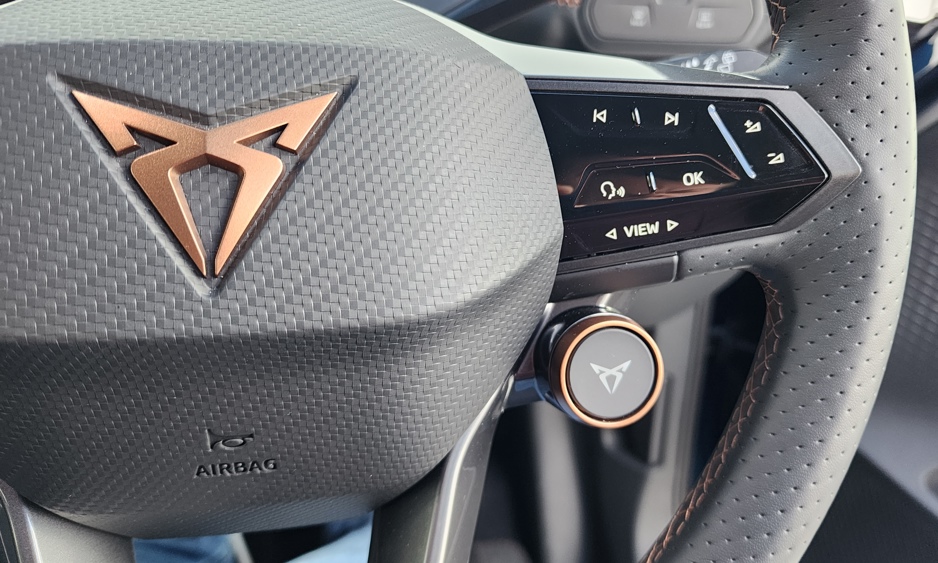
The Born is still the fun one, with precise steering and more of a rear-drive character. Which is as it should be. You also get the special “e-boost” Cupra button (in addition to the regular drive modes) that liberates an extra 20kW. Probably more a novelty to tell your friends than anything, but nice to have all the same, and still more than any Kiwi-market VW or Skoda BEV at the moment.
The instrument panel, twist-and-go drive selector (no need to press start) and infotainment controls are pretty much identical to a VW ID
Once Cupra gets its BEV lineup more established (read about what’s to come in our original launch report), there’s certainly plenty of potential for even more power, and/or dual-motor AWD to make it a proper all-weather EV road warrior.
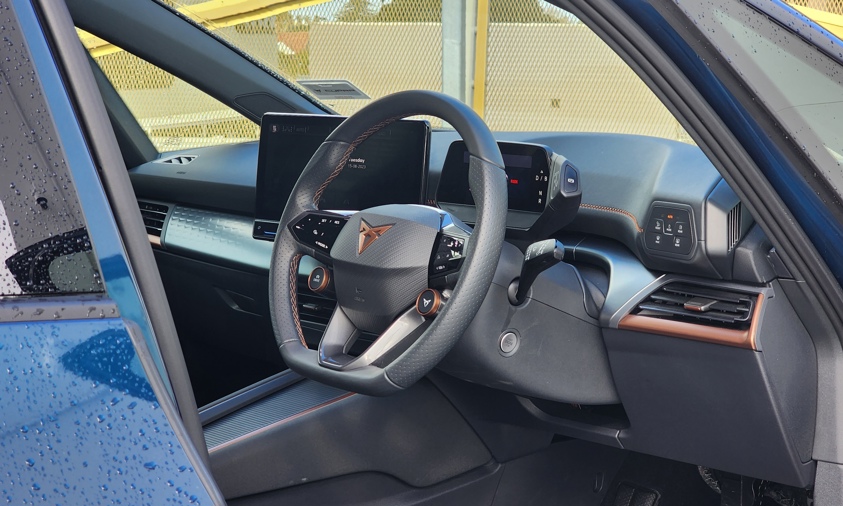
Spending more time with the car has pushed us to think a bit more about the cabin ergonomics. Unlike Skoda, which has retained some physical controls, Cupra has gone full-VW (with the Formentor, too) by ditching the buttons and having nothing but touch/haptic controls. In fact, the Born instrument panel, twist-and-go drive selector (no need to press start) and infotainment controls are pretty much identical to a VW ID (although Cupra has its own colourful OS skin).
Some of it is still frustrating, especially at night. The volume and climate controls are sliders on a touch surface for example, so you really have to look where you’re putting those fingers. And at night you really can’t, because neither are illuminated.
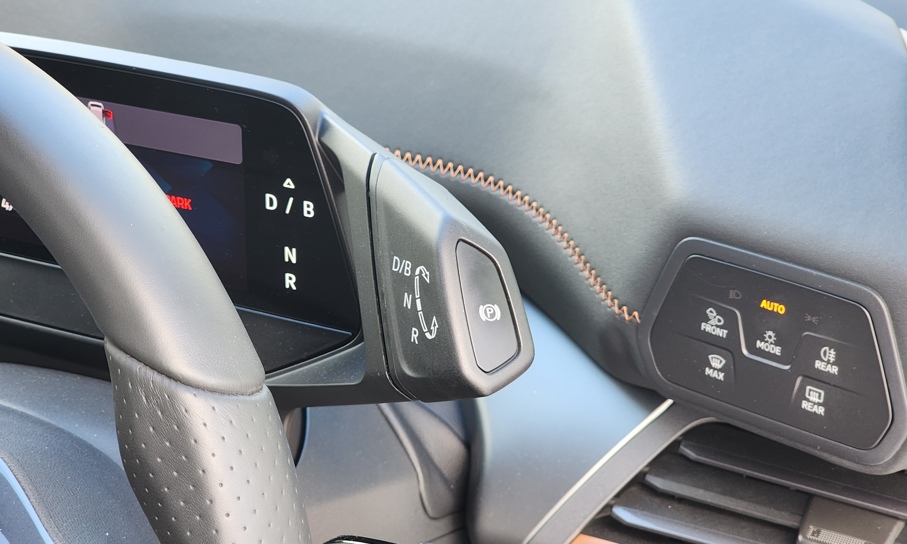
VW has also pledged to take a step and reintroduce physical controls in the future, so it’s already admitted this setup is a fail. It’s not a complete disaster, though: through time with the IDs and the Cupra we’re getting used to it all, and if it’s your car you will too.
The lack of connected services is still frustrating – so no over-the-air (OTA) updates, mobile phone app connectivity (to check charge and so forth) or even wireless phone projection for this car yet. The “live” back end is still being sorted for all MEB cars in NZ and in fact VW NZ recently told us it probably won’t be sorted for a couple of years.
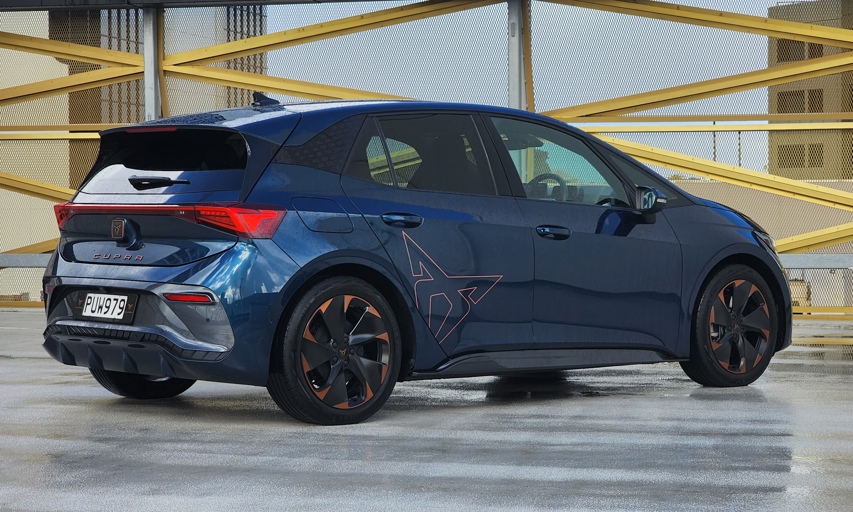
One more thing we realised about the Born with a longer-term test: it might be a compact (4.3m long) hatch, but it’s genuinely roomy for four adults because it’s on such a long wheelbase – about the same as the much larger Enyaq and ID, actually. Such is the way of platform sharing sometimes. The skateboard-type structure of BEVs also means a flat floor, although the large battery does mean there’s a bit of a hump in the rear seat; you still get the third rear seatbelt, though. There's a decent boot at 385l, including a double-height floor.
If you’re worried the rapid growth of BEV technology means we’ll all be driving family SUVs soon, the Cupra Born should make you feel a lot better. If you think of a VW Golf GTI as a fairly traditional sporty hatch, the Born has similar power and performance, and gives the combustion-engine Dub a run for its money in terms of entertainment in the twisty stuff.
Factor in the $7015 Clean Car Discount for the Born and the $1898 fee you pay for the $69,490 Golf GTI, and the electric car is even a little cheaper than its ICE rival.
CUPRA BORN V+
MOTOR: 77kWh (net) battery with single electric motor
POWER: 170kW (e-boost maximum)/310Nm
GEARBOX: Single-speed automatic, RWD
0-100KM/H: 7.0sec
CONSUMPTION: 17.0kWh/100km, maximum charge rate 170kW, range 548km (WLTP)
PRICE: $77,900












